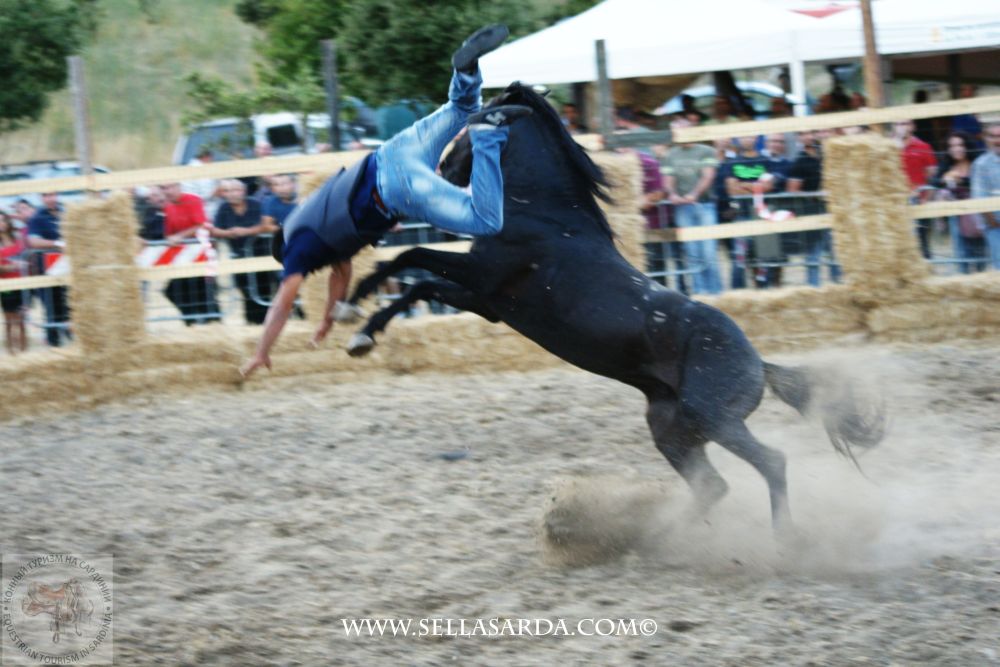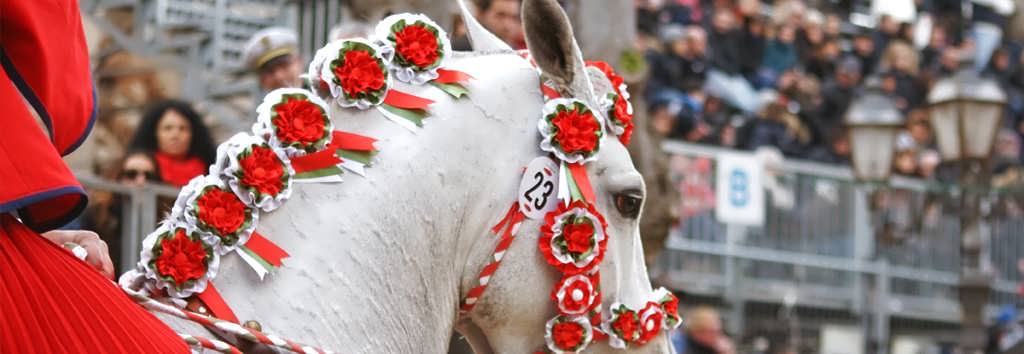Safety on the Trails

HORSEBACK RIDING SAFETY TIPS
- The tourist must correspond to the category of the level of experience specified in the tour, excursion or hike.
- Tourists along the way have to walk in single file, one or two, according to the order of the instructor, keeping a distance of 2-5 meters. In column two, paired riders must go “stirrup to stirrup”, so the horse can’t turn around and kick another horse. In mountain paths, you can go only in one single file. On particularly difficult sites, it is necessary to walk a horse with hand.
- The water obstacles are overcome only pace, strictly following the first rider. At the places, where water is high the feet should be removed from the stirrups.
- )When you approach the horse you should be on the front to the left side, with voice alert. You must be careful when you are behind the horse, even if it is at rest.
- When curries the horse must stand beside half turned to the horse and always observe its behavior. Do not use coarse cleaning techniques, thus disturbing the animals.
- Before you mount the horse you have to check the upholstering, pull the girth, check the stirrups of the rider.
- If the horse bolting and begins to run with the knight, you must try to stay in the saddle and stop the horse, putting the body back, pull the reins and break the bank hands from side to side. After you try to turn the horse to a face (circle), gradually reducing its radius until it intercepts the instructor.
- If the horse rears up, do not hold back and do not pull the reins, but leave them free, grab the mane or the horse’s neck, and with your legs kick it to send the horse forward.
- If the horse stops and beats the front foot on the ground and lowers his head, sniffing the ground, immediately raised his head with force and send it forward. In this way the horse shows that want to lie down under the rider.
- Allowed to mount the horse only having good boots for riding, which enter freely into the stirrup.
Riders often find that their feet slip out of stirrups, or that they can’t get their foot out of as stirrup in a dangerous situation. Wearing a good boot will alleviate any slipping from occurring and allow the utmost safety at all times - How to get off the horse: Remove feet from the stirrups; without giving up the reins to jump on the left side; remove the reins from the neck of the horse and surrender girth of 1-2 holes; repost the stirrups
- ) During the riding must always be alert, do not give up the reins and be ready at any time to apply the techniques necessary to manage according to the situation. It is all too easy to get lost in the moment and forget that you are in control of your horse. By staying alert, you are further able to control your horse and circumvent any mishaps that may otherwise occur.
- When ride on the roadway it is necessary to respect the traffic rules, keep to the right side, without going in the opposite direction.
- When you go through the woods to be careful with the branches. To prevent a branch enters the eye, it is necessary to take the reins in one hand and put the other leg in front and bend your elbow, thus protecting the face.
- In mountain trekking it is highly recommended to wear a Body protection for riding
- To prevent sun burns you must apply sunscreen with a high protection.
- Treat the horse always kindly and gently.
- Treat well the horse harness.
- Cambiare l’andatura del cavallo per andare più veloce si è consentito solo con il permesso dell’istruttore.
- Tutti turisti devono sapere che l’istruttore ha il diritto di fermare l’escursione, cambiare il percorso per uno alternativo, ritornare alla base o alle basi intermedie nei paesi più vicini, nel caso di un peggioramento del tempo durante i temporali, le catastrofi naturali e altre circostanze che rendono il percorso pericoloso.
È vietato:
- Avvicinarsi a un cavallo da dietro.
- Avvolgere le redini o la corda sul braccio, per il quale si tiene il cavallo.
- Salire a cavallo che è legato
- Mollare le redini dalle mani, mettendole sul collo o per terra.
- Girare il cavallo all’indietro verso le persone vicine.
- Trattare il cavallo in modo inadeguato: stuzzicandolo, minacciandolo, percuotendolo improvvisamente sul groppone, dando i colpi senza alcun motivo, spaventandolo. Punire il cavallo con crudeltà.
- Montare il cavallo avendo un peso superiore ai 105 kg.
- Montare il cavallo e andare da soli i bambini sotto l’età di 8 anni.
- Salire a cavallo senza il kep
- Scegliere da sé l’andatura e sorpassare l’istruttore.
- Montare il cavallo o avvicinargli in stato di ebbrezza.
- Salire a cavallo senza la polizza d’assicurazione valida per quest’attività
+







